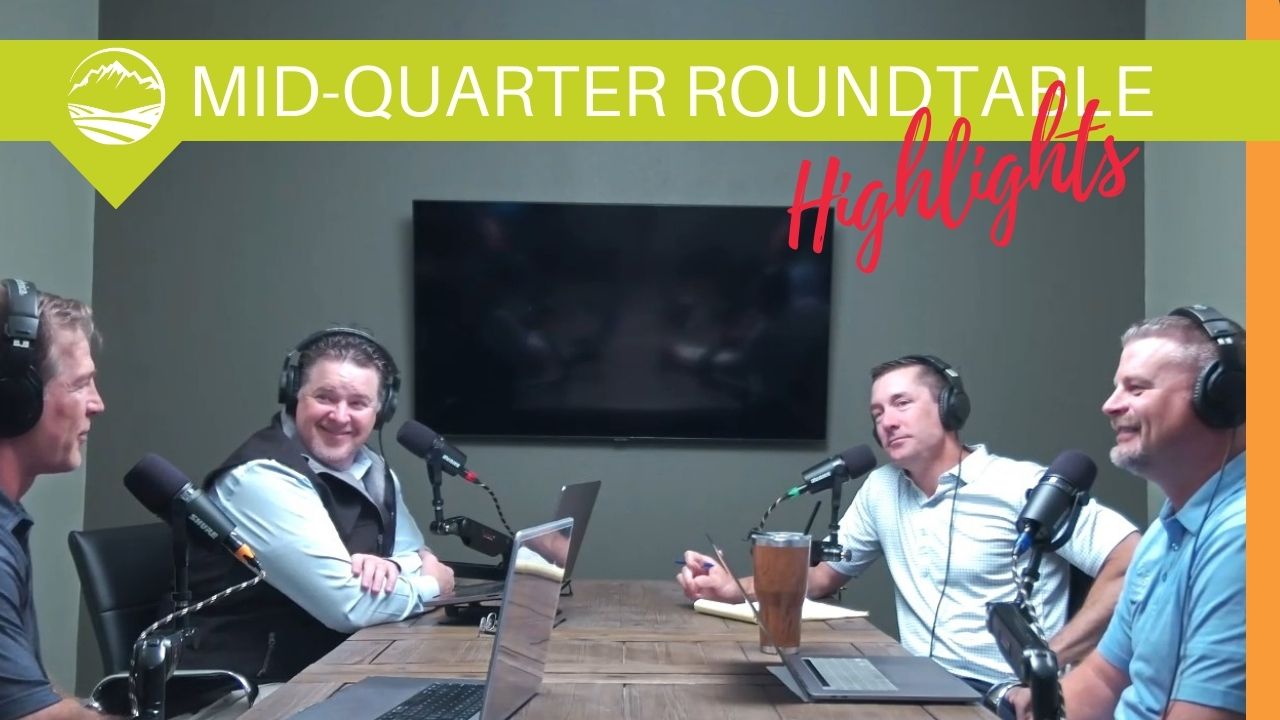You are now leaving the Strong Valley Wealth & Pension, LLC ("Strong Valley") website. By clicking on the "Schwab Alliance Access" link below you will be entering the Charles Schwab & Co., Inc. (“Schwab”) Website. Schwab is a registered broker-dealer, and is not affiliated with Strong Valley or any advisor(s) whose name(s) appears on this Website. Strong Valley is/are independently owned and operated. Schwab neither endorses nor recommends Strong Valley. Regardless of any referral or recommendation, Schwab does not endorse or recommend the investment strategy of any advisor. Schwab has agreements with Strong Valley under which Schwab provides Strong Valley with services related to your account. Schwab does not review the Strong Valley website(s), and makes no representation regarding the content of the Website(s). The information contained in the Strong Valley website should not be considered to be either a recommendation by Schwab or a solicitation of any offer to purchase or sell any securities.

At the foundation of your financial well-being lies your behavior. There is an entire field dedicated to study it – behavioral finance. Did the what-ifs of January’s volatility leave you feeling panicked? Your financial advisor is there to support your financial and emotional well-being, while keeping an eye on your long term investment strategy. Here are some ideas to help cure irrational investing behavior.

Here is a statement that is bound to cause you to raise your eyebrows: Your long-term financial success depends less on the structure of your portfolio than on your ability to adapt your behavior to changing economic times.
At the very foundation of your financial well-being lies your behavior. In fact, one can plausibly argue that the dominate determinants of long term, real life, investment returns are not market behavior, but investment behavior.
Look at it this way: most of us would agree that, while meticulously constructed investment portfolios can probably weather almost any economic storm, none can withstand the fatal blow of an owner who panics and sells out.
So prevalent is such panic that an entire field – behavioral finance – studies how and why investors like you might make dumb money moves.
An increasing number of financial planners realize that their primary business isn’t just producing your financial plan or furnishing you with investment advice but caring for and transforming your emotional well-being.
In many respects, financial advisors are the antidote to investors’ panic. In theory, all financial advisors will try everything to keep a client from turning a temporary decline into a permanent loss.
But the tendency to sell low and buy high will not stop anytime soon – and it’s in all of us.
Supporting your financial and emotional well-being often requires that both you and your advisor learn from each other and work together over the long term. You both also must realize that antidotes to panic sometimes require more than one dose.
When managing personal finances and investments, people frequently exhibit irrational behavior for different reasons. If you’re one of these folks, be fair to yourself. It doesn’t even take a spate of market zigzags like what we saw in January of 2022 to prod you into questionable decisions.
Everyone makes choices about money nearly every day – how to earn, spend, save, invest and so on. Sometimes you pick wisely, sometimes harmfully. Some decisions, particularly those regarding when and where to invest, whipsaw from wise to harmful and back depending on when you reached your conclusion and when you took the plunge.
Supposedly, if you can learn more about the cause and effect of your money decisions, and what around you contributes to them, you will improve your financial security. Pinpointing behaviors as either rational or irrational in the middle of the storm comes hard though. The January 2022 market provided a convenient and timely case study to help explain why.
That month, the Standard & Poor’s 500 Index declined 5.3% and NASDAQ dropped 9.0%. If sensitive to market moves, maybe you are reading the declines and ready to sell – a flight that might be shown as irrational a few years from now.
If you wanted to sell after January’s declines you likely have loss aversion – one of many often-irrational money behaviors. Psychologically, people perceive losses (or declines in value of an investment) as much as 2½ times more impactful than gains of a similar size. Watch your investment drop $1,000 and you feel more than twice as bad as you might feel good about a gain of $1,000.
Most people are loss averse and it’s clear why many sell when market prices decline. Is loss aversion irrational? Or sometimes is it timely clairvoyance?
Let’s go back to the start of the pandemic. Let’s say you eliminated your market exposure on the same exact day that the CDC confirmed its first case of COVID on January 20th. And then you jumped back into the market exactly two months later, on March 20th.
Instead of irrational, you would have appeared brilliant. Because although January 20th was not precisely the high (it was February 14th, but you were really close), March 20th was exactly the bottom.
What-if situations such as these clearly show that sometimes irrational behavior produces good outcomes. But more often than not, well-trained (and often self-proclaimed) experts applying rational processes to money management wind up on the wrong side of the intended outcome, especially in the short term. This helps make investing fascinating and, at times, maddening.
Because investment markets are complex and potentially both irrational and efficient, understand well your tolerance for risk. Define what risk actually means in terms of your financial security and your willpower to handle markets when fear and greed influence decisions.
A written investment strategy can serve as a foundation for your long-term decisions. Your strategy – and your commitment – may also benefit from testing your strategy’s performance hypothetically in past crises.
Since we can’t predict outcomes that depend partially on luck, we plan according to probabilities. For example, rather than focus on the size of your expected returns, know the probability that your investment strategy can support your desired spending rate in retirement or make tuition payments, fund a wedding, cover health-care costs and so on. Your broader financial plan drives your investment strategy not the other way around.
Ideally, when your goals link directly to your plan you have a better foundation for dealing with investment uncertainty and Wall Street’s effect on your emotions and decisions.



